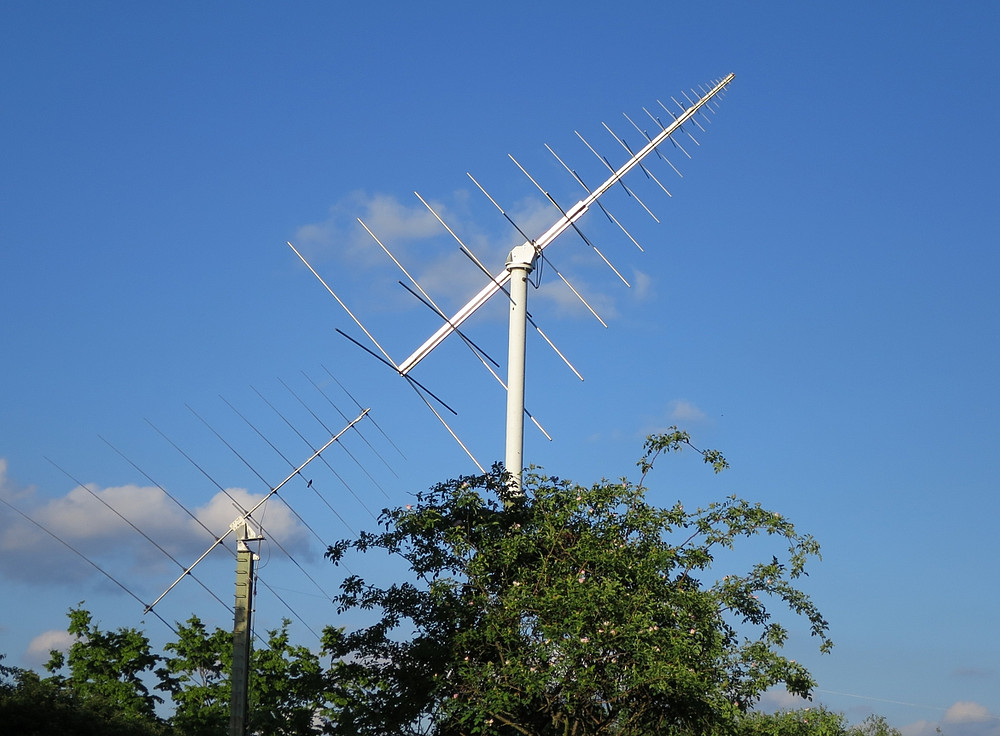Research and teaching
The OLG (Lustbühel Graz Observatory) is located on the outskirts of Graz in the Waltendorf district. It is primarily used for the education of students studying physics at the University of Graz and for research purposes.
Students learn how to operate the telescope, the instruments and how to analyze the data according to current standards in practical observation courses as part of their physics studies ("Astrophysics Lab" and "Astrophysics Lab 2") at the University of Graz. Bachelor's and Master's theses based on measurements with OLG instruments are regularly offered and carried out.
Observations on clear nights make it possible to record scientifically relevant data for research projects with national and international partners. For example, changes in the brightness of active and pulsating stars as well as exo-planet transits can be measured.
Additional installations:
For the global "e-CALLISTO" network, the radio radiation of the sun is measured daily with an antenna in front of the main building. An automated radio burst detection system is used for space weather monitoring.
Research collaborations (among others):
IWF Graz, Luca Fossati, Exo-planet Program
Christian Monstein, ETHZ
Technical details:
- Geographical position: 15.49° East, 47.07° North, 493m
- 50cm aperture Cassegrain (f/9) telescope, ASA 85DDM control
- SBIG STF-8300M, ATIK 383L-Mono, cameras for filter photometry, FoV 0.23°x0.17°
- LHIRES III PF0001 spectrograph with Apogee Alta F47 camera
- WATEC WAT-910HX video camera
- Zeiss BMK 75/18/1:2.5 Ballistic measurement chamber 30cm aperture, Moravian C4 CMOS 16000EC camera FoV 4°x4 currently under construction
- AUSTRIA-UNIGRAZ station in the e-CALLISTO network (45-81MHz) using a linear polarized radio antenna
